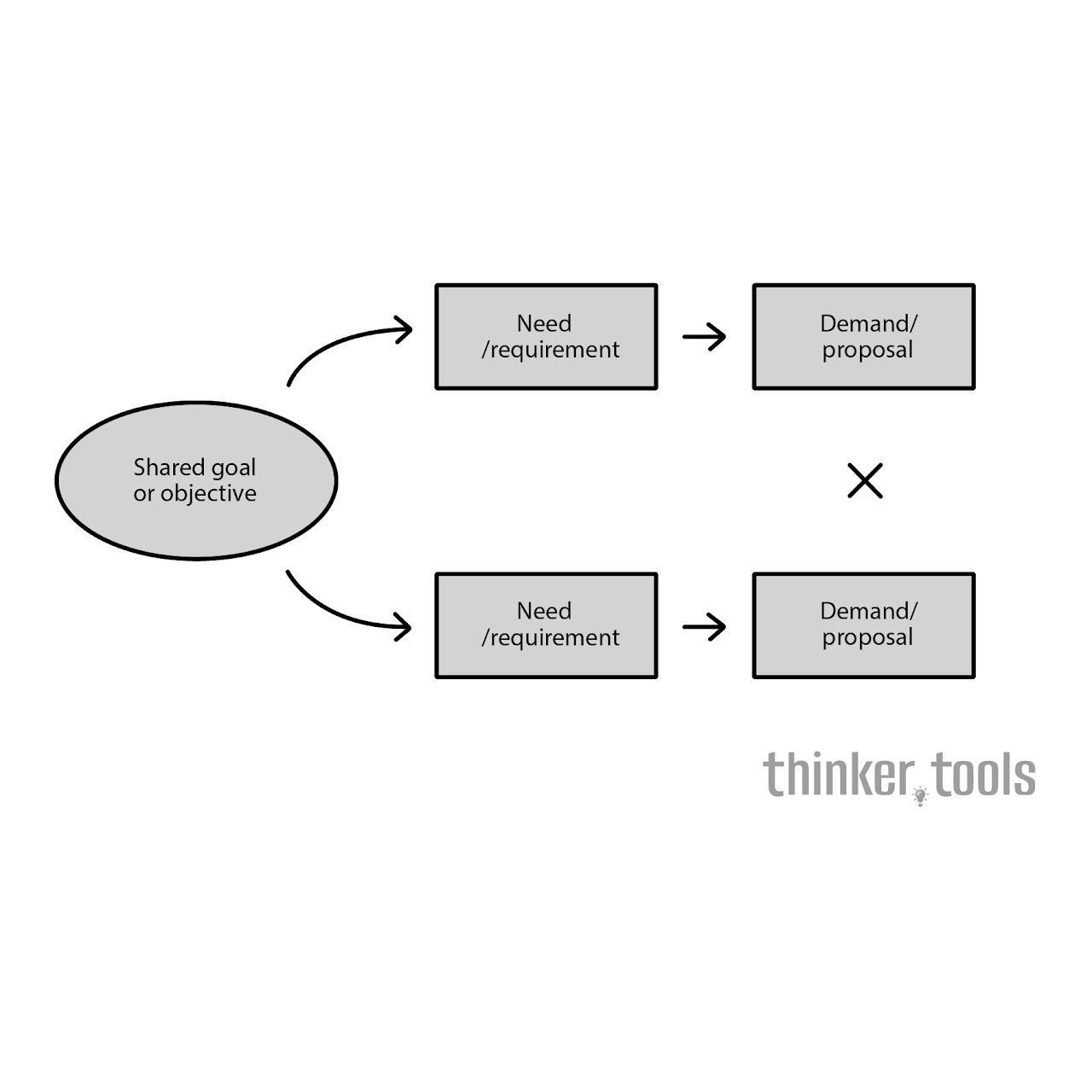
What is Conflict Resolution?
Conflict Resolution is a comprehensive framework for addressing disagreements in a way that respects all parties involved while working toward mutually beneficial outcomes. Rather than viewing conflict as something to avoid or win, this approach sees it as a natural part of relationships that, when handled skillfully, can lead to growth, innovation, and stronger bonds.
The framework combines communication techniques, emotional intelligence, and problem-solving strategies to help parties move from opposition to collaboration, from defending positions to exploring interests, and from blame to shared responsibility.
The History and Origin
Formal conflict resolution has roots in ancient practices of mediation and arbitration, but the modern framework emerged in the 1960s and 1970s. The Harvard Negotiation Project, founded in 1979, revolutionized the field with "principled negotiation," focusing on interests rather than positions.
Kenneth Thomas and Ralph Kilmann developed the Thomas-Kilmann Conflict Mode Instrument, identifying five conflict-handling styles. Marshall Rosenberg's Nonviolent Communication and the growth of mediation as an alternative to litigation have further refined these approaches, making conflict resolution skills accessible to everyone.
How to Use the Conflict Resolution Framework
Step 1: Pause and Prepare
Before engaging in resolution:
- Take time to calm your emotions
- Identify your own needs and interests
- Consider the other party's perspective
- Choose an appropriate time and setting
Step 2: Establish Ground Rules
Set the stage for productive dialogue:
- Agree to speak one at a time
- Commit to respectful communication
- Focus on the issue, not personal attacks
- Agree to work toward a solution
Step 3: Share Perspectives
Each party expresses their view:
- Use "I" statements to express feelings and needs
- Avoid blame and accusation
- Be specific about behaviors and impacts
- Listen actively without interrupting
Step 4: Identify Underlying Interests
Look beyond positions to discover what each party really needs:
- Ask "Why is this important to you?"
- Explore fears and concerns
- Identify shared interests and values
- Separate people from problems
Step 5: Generate Options
Brainstorm solutions together:
- Encourage creativity without judgment
- Think win-win rather than win-lose
- Consider partial solutions and trades
- Build on each other's ideas
Step 6: Evaluate and Choose
Assess options against interests:
- Which solutions meet both parties' core needs?
- What are the practical implications?
- Is the solution fair and sustainable?
- Can both parties commit to it?
Step 7: Implement and Follow Up
Put the agreement into action:
- Clarify specific actions and timelines
- Document agreements if necessary
- Schedule check-ins to assess progress
- Be willing to adjust as needed
Practical Examples
Workplace Dispute: Two team members constantly clash over project approaches. Using conflict resolution, they discover one values innovation while the other prioritizes stability. They agree to a process that includes both experimental phases and rigorous testing, satisfying both needs.
Family Conflict: Siblings arguing over caring for aging parents use the framework to move past blame. They identify each person's constraints and capabilities, creating a care schedule that distributes responsibilities fairly while respecting everyone's other commitments.
Neighbor Disagreement: Neighbors disputing over noise levels use conflict resolution techniques. Instead of continuing complaints, they discuss specific needs – one needs quiet for work, the other enjoys music. They agree on quiet hours and the music-lover invests in better soundproofing.
Marital Discord: A couple fighting about finances discovers through conflict resolution that their real issue is different values around security versus freedom. They create a budget that includes both savings (security) and discretionary spending (freedom).
Benefits and Life Impact
Mastering the Conflict Resolution framework transforms your life in numerous ways:
Stronger Relationships: By addressing conflicts constructively, relationships deepen through increased understanding and trust rather than being damaged by unresolved resentments.
Reduced Stress: Knowing how to handle conflicts reduces anxiety around disagreements and prevents the health impacts of chronic interpersonal stress.
Enhanced Communication: The skills learned in conflict resolution improve all communication, making you more effective in every area of life.
Increased Creativity: Collaborative problem-solving often generates innovative solutions neither party would have developed alone.
Professional Advancement: Strong conflict resolution skills are highly valued in the workplace, often leading to leadership opportunities and career growth.
Emotional Intelligence: Practicing conflict resolution develops empathy, self-awareness, and emotional regulation skills that benefit all life areas.
Modeling for Others: Children and colleagues learn healthy conflict handling by observing your approach, creating positive ripple effects.
Personal Growth: Each resolved conflict teaches you about your own triggers, needs, and patterns, facilitating personal development.
Community Building: These skills help create more harmonious families, workplaces, and communities where differences are respected and integrated.
The Conflict Resolution framework transforms one of life's most stressful experiences into an opportunity for growth and connection. By shifting from a win-lose to a win-win mindset, you not only solve immediate problems but build the foundation for healthier, more resilient relationships. In a world often divided by conflict, mastering these skills makes you a force for peace and understanding, starting with your own life and rippling outward to touch everyone around you. Remember: conflict itself isn't the problem – it's how we handle it that determines whether it becomes destructive or constructive.